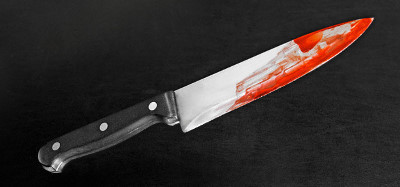Back in February, I thought I closed the door on using high inspired oxygen to try to speed up the resolution of pneumothorax (see related post below). I’ve just run across another attempt which is equally as bad!
This article was published in the Journal of Pediatric Surgery in 2000. The authors randomly divided 27 rabbits into three groups: room air, 40% O2, and 60% O2. Each was given a complete pneumothorax and received chest xrays twice a day. The average time to resolution was measured in each group.
At first glance, it appears that the higher O2 groups resolve faster. But wait, something’s fishy here! In the room air group, the complete pneumothorax went away on its own in 5 days. This doesn’t really happen in people. And in the 60% group, it disappeared in a day and a half! Miraculous!
Oh, and incidentally, a quarter of the rabbits died before completion of the study.
Bottom line: At first glance, these results sure look promising. However, they are rabbits, and they don’t act like people, let alone children! And the resolution times are unrealistic for humans. I still do not recommend the use of high inspired oxygen in an attempt to resolve a pneumothorax. Either some kind of tube is needed for larger volumes (small caliber if air only, bigger if blood is present), or it will go away on its own if the pneumothorax is small.
Related posts:
Reference: Zierold et al. Supplemental oxygen improves resolution of injury-induced pneumothorax. J Pediatric Surg 35(6):998-1001, 2000.


